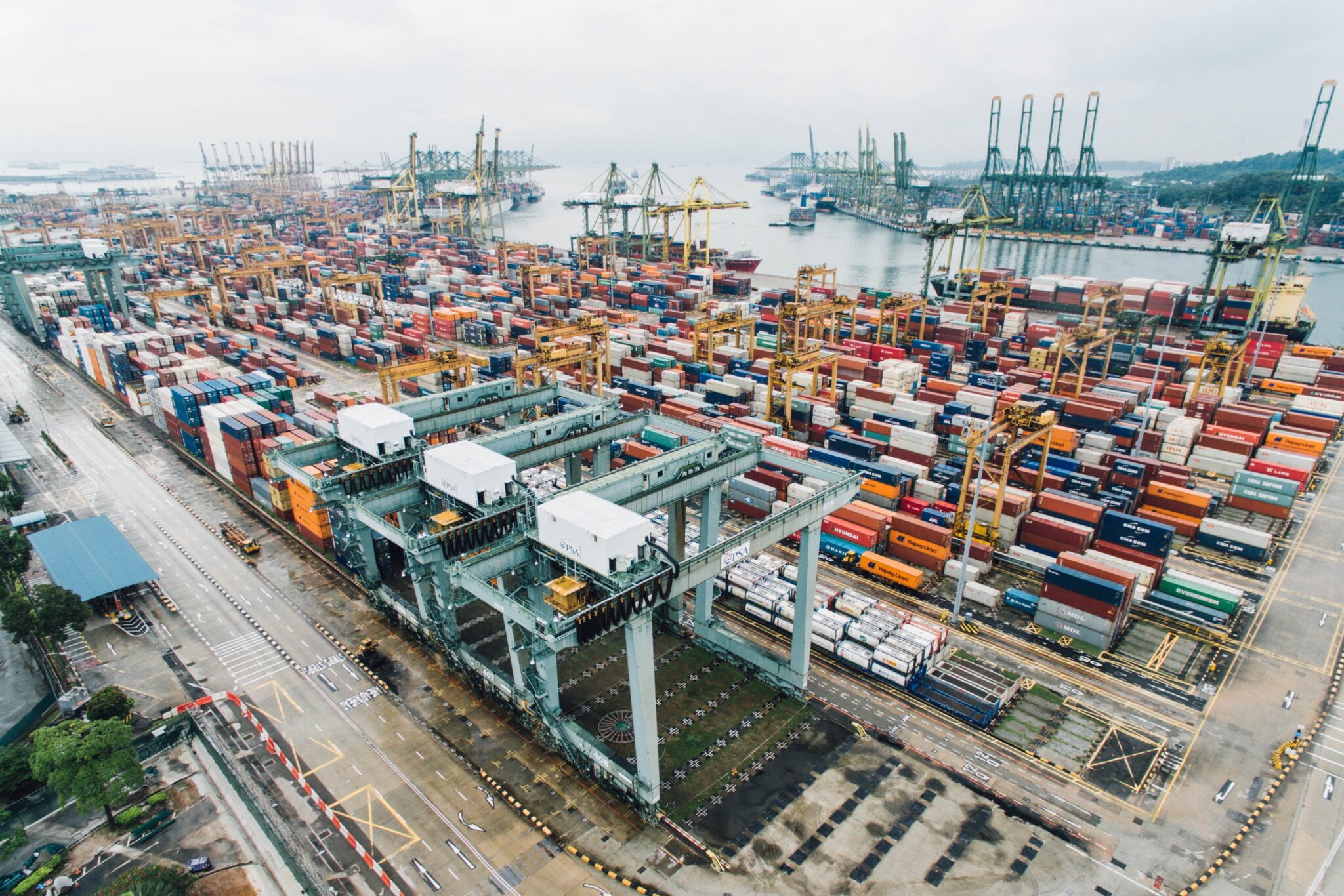
DOT hazmat regulations are in place for a good reason—shipping hazardous material is risky business. Materials are classified as hazardous when they pose a risk to health, safety, property, and the environment. Any materials that hold hazardous properties are strictly regulated for shipping by the U.S. Department of Transportation, i.e., the DOT. Every company is responsible for the hazardous material it ships. By law, to avoid a hazardous material incident that could lead to serious consequences, before shipping, these materials must be properly packaged, marked, labeled and documented.
Nevertheless, companies routinely make mistakes by mislabeling dangerous goods and materials that they ship. These mistakes may be unintentional, due to ignorance, or simple carelessness, but will result in the same penalties and fines as if they were carried out intentionally. To avoid mistakes and remain fully compliant, here are four of the more common ways that companies fail DOT hazmat regulations and what they can do to prevent it.
1. Failure to Properly Label Hazardous Material
In order to ensure the safe transport of hazardous material, it must be properly packaged, marked, and labeled in compliance with DOT regulations. Yet, one of the more common mistakes companies makes when shipping hazardous goods are mislabeling them. In general, this results when companies allow insufficiently trained, untrained, or inexperienced personnel to prepare the shipping. All hazmat goods need to have the correct hazmat label and placard that identify the contents and hazard class of material along with the correct documentation and official shipper’s declaration form. Incorrect labeling of hazardous material can endanger lives. Correctly identifying the contents of the hazardous material being shipped protects all personnel throughout the transportation chain from injury and allows for proper response in the event of an emergency. Only hazmat-trained personnel should prepare the shipping of such material.
2. Unfamiliarity with Specific Hazardous Material Regulations
Ignorance of specific hazmat regulations is another common failure in shipping hazardous material. There is no excuse. Every hazardous material shipped has a specific regulatory requirement or guideline for how it is to be packaged, labeled, handled and shipped. A detailed table of hazardous materials with the specific accompanying regulation for each is routinely published by the DOT or can be easily accessed online. Specific information from how to package and label material to how the material can be shipped and by what mode of transportation are all detailed. Before preparing any hazardous material for shipment, trained personnel must be familiar with the specific regulation for its shipment to ensure compliance.
3. Making Assumptions About What is Hazardous
The DOT has identified nine different “hazard classes” or categories of materials that hold specific hazardous properties that are subject to distinct regulatory requirements to ensure their safe transport. Most of these hazard classes are obvious—explosives, toxic and infectious substances, flammable solids, liquids, and gases, radioactive waste and so forth. However, there are many types of hazardous materials that are not so easily identified or recognized as dangerous.
Another failure by companies to meet hazmat regulations is simply assuming a particular material has no hazardous properties and therefore the material poses no risk. As a result, it is not uncommon for hazardous materials to be shipped as non-hazardous. Though materials such as aerosols, fuel cells like lithium batteries, equipment with gas cartridges or compressed air chambers, magnetic materials, medical specimens, dry ice, and genetically modified organisms or microorganisms (GMOs) can all be subjected to hazardous material shipping regulations under certain conditions or circumstances, quite often it is assumed that these materials are not hazardous and are shipped without proper packaging and labeling through an illegal mode of transportation.
Never make assumptions when shipping a material substance. If no personnel on staff are hazmat certified, contact a local company that is.
4. Modes of Transportation
The packaging and labeling requirements for some hazardous materials change with the mode of transportation. Regulatory requirements for shipping a material classified as hazardous may not be the same for rail or road as it may be for air or water. Some materials, in fact, may only require a hazardous shipping label depending on the mode in which it is shipped. A good example is the shipping of magnetic material by air, which is strictly prohibited. Magnetic field strength may cause interference with sensitive aircraft instrumentation. Per FAA and International Air Transport Association (IATA) regulations, magnetic field strength cannot exceed 5.25 mG at a distance of 15 feet from the surface of the package. Otherwise, it cannot be transported by air.
Companies and organizations handling any hazardous materials and dangerous goods must have certified personnel to legally ship those goods. The best way to ensure compliance with DOT hazmat regulations and avoid fines is to have a professional service that is staffed with properly certified personnel do the shipping for you.
MLI Environmental personnel are trained and certified in DOT and IATA regulations to ship hazardous materials by ground and air, domestically and internationally. MLI takes on the liability of properly packaging dangerous goods while generating all of the required paperwork for you. Our dangerous goods experts are always up to date on required training and new regulations to ensure the material your company ships does not fail hazmat regulations. Request a hazardous materials shipping quote from us today!
